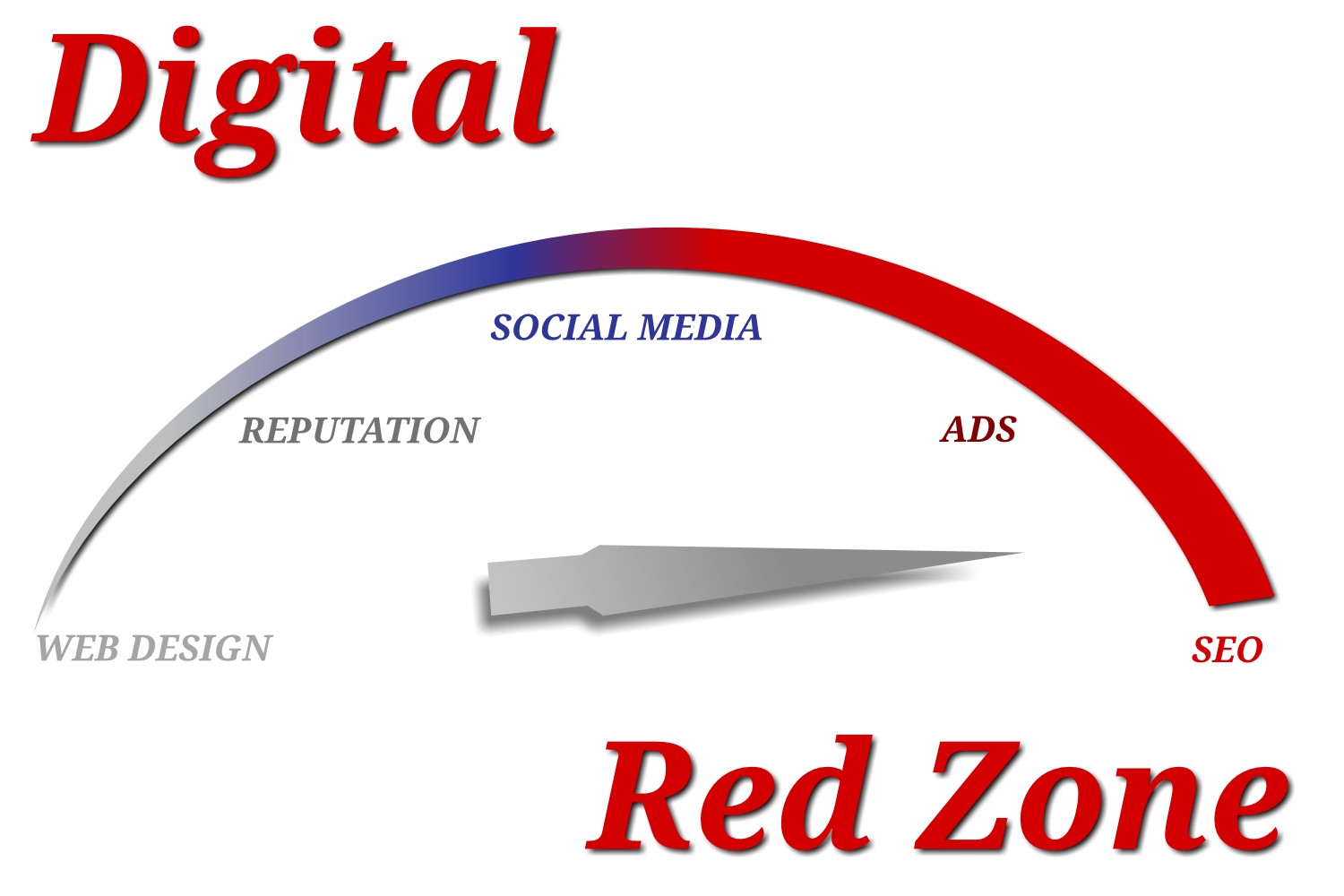Discover Why Restaurant Loyalty Programs Drive Repeat Visits
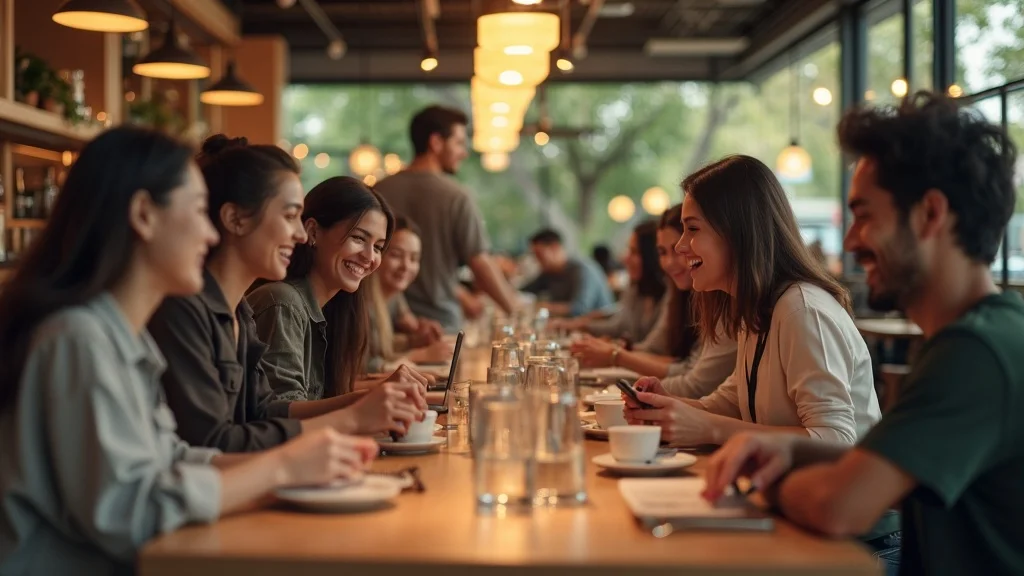
Hook: Did you know that customers enrolled in restaurant loyalty programs visit 35% more often than non-members? In today’s hyper-competitive restaurant industry, that number isn’t just impressive—it’s game-changing. This comprehensive guide reveals how the smartest restaurant brands leverage loyalty programs to transform occasional diners into dedicated regulars, boost revenue, and build deeper customer connections. Whether you own a local café or manage a national chain, the data-backed strategies and insider perspectives here will clarify why a loyalty program may be your most valuable asset for driving repeat business.
A Surprising Data Point: The Power of Restaurant Loyalty Programs
“Research shows that customers enrolled in restaurant loyalty programs visit 35% more frequently than non-members.”
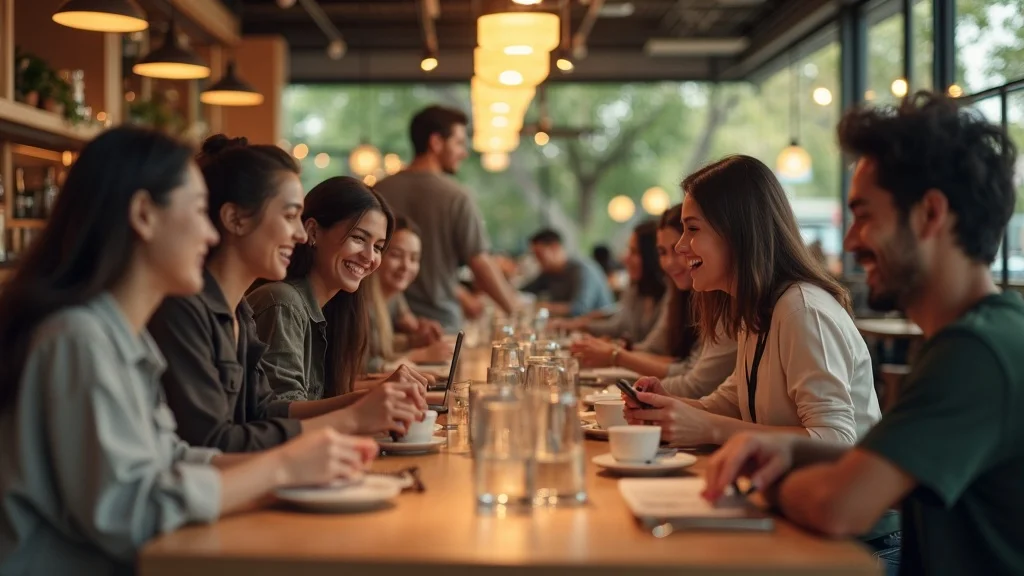
Rising Influence of Loyalty Programs in the Restaurant Industry
Restaurant loyalty programs are fast becoming a cornerstone of business strategy for the foodservice sector. As dining preferences evolve and digital convenience rises, loyalty programs connect seamlessly with customers’ habits—both in-person and online. According to recent industry reports, nearly every major quick-serve and fast-casual brand now incentivizes return visits through some form of digital or traditional loyalty program. These programs are not simply designed to hand out freebies; instead, they unlock powerful customer insights, help brands stay top-of-mind, and reinforce a sense of belonging among diners. As uptake grows, independent and multi-location restaurants alike are shifting to digital rewards, points platforms, and personalized offers to match heightened consumer expectations and keep loyal customers coming back.
This rising tide is reflected in several metrics. One leading loyalty analytics firm found that loyalty program members accounted for 40% of all visits at top-25 quick-service brands last year. Moreover, diners are increasingly selecting restaurants based on the perks and exclusive offers available through these programs. For ambitious operators aiming to outpace the competition, the question isn’t whether to deploy a loyalty program, but how to maximize its impact on customer retention and customer engagement across every channel.
Why Restaurant Loyalty Programs Are the Secret Sauce for Customer Retention
Loyalty programs, when done right, are a powerful engine for customer retention. They offer tangible rewards—think free food, discounts, exclusive menu items, and VIP experiences—that keep guests coming back. But the real value goes deeper: loyalty initiatives provide actionable data on spending patterns, menu preferences, and visit frequency. This enables restaurants to anticipate needs, personalize offers, and target communications for maximum engagement. Ultimately, a well-designed loyalty program transforms transactional diners into repeat customers who drive higher average check sizes and advocate for your brand, both in person and online. Brands leading in this space, such as Costa Coffee’s Costa Club and the Chipotle Rewards program, successfully weave loyalty into their operational DNA, demonstrating clear links between program membership and business growth.
The secret lies in ease of use and relevance. The more effortlessly a guest can earn points or unlock rewards—from ordering through an app, scanning a code in-store, or responding to a timely email—the stronger the emotional bond with the brand. As this relationship deepens, retention rates rise, churn drops, and the value of each loyal customer climbs over time. In an industry where margins are tight and competition fierce, these incremental gains are meaningful and measurable.
For restaurant owners looking to further enhance their loyalty initiatives, integrating referral marketing can be a highly effective tactic. Leveraging referral strategies not only increases program participation but also brings in new customers through trusted word-of-mouth, as explored in this guide to referral marketing for restaurants.
What You’ll Learn in This Guide to Restaurant Loyalty Programs
- How restaurant loyalty programs work and why they matter
- Tactics and technologies leading brands use for customer retention
- Case studies illustrating ROI of loyalty programs
- Tactical strategies to launch or improve a loyalty program
Defining Restaurant Loyalty Programs and Their Business Value
What Is a Restaurant Loyalty Program?
At its core, a restaurant loyalty program is a structured platform that incentivizes recurring visits by rewarding customers for their patronage. Historically, these programs began as punch cards or simple “Buy X, get Y free” systems. Today, they’ve evolved into sophisticated, digitally-driven initiatives, leveraging apps, email, and in-store technology to reward customers for every dollar spent, menu item ordered, and milestone achieved. Whether customers earn points for purchases, accrue elite status within tiered programs, or receive personalized offers via their smartphones, the underlying goal is constant: to transform occasional guests into habitual patrons.
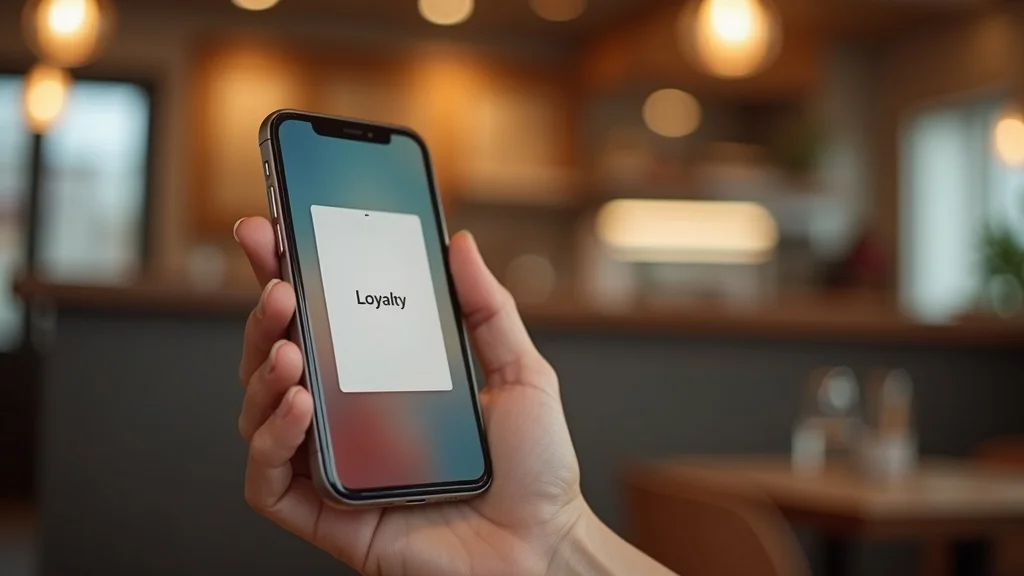
The business value of a loyalty program is multifaceted. Beyond the immediate sales boost from increased visit frequency, loyalty program members generate valuable data—and often exhibit higher average spend than non-members. Restaurants can use this intelligence to optimize menus, target upsell opportunities, and identify their true MVP customers. For many brands, loyalty technology integrates seamlessly with POS and online ordering platforms, closing the loop between marketing and measurable results.
Loyalty Programs vs Restaurant Loyalty Clubs: Key Differences
While the terms “loyalty programs” and “loyalty clubs” are sometimes used interchangeably, they represent distinct philosophies. A traditional restaurant loyalty program is typically transactional—every dollar spent converts into points, discounts, or free drink offers. In contrast, a loyalty club may include membership fees or annual dues and focus on premium, experience-driven perks such as first access to new menus, exclusive tastings, or VIP events. For chains like Costa Coffee with their Costa Club, this means layering special status tiers atop baseline points programs to appeal to high-frequency guests. The most effective approaches blend the everyday appeal of points-based systems with the aspirational allure of club-like benefits, ensuring broad participation while generating excitement and exclusivity.
Choosing between the two depends on your restaurant’s positioning, target guests, and overall reinvestment budget. What matters most is that the system is transparent, easy to use, and clearly delivers value—otherwise, participation falls flat and your program risks becoming just another overlooked customer card.
The Role of Customer Loyalty in Restaurant Loyalty Programs
“Customer loyalty is the engine that drives repeat business in the restaurant industry.” – Jane Doe, Franchise Operator
Customer loyalty is the foundation of every successful restaurant loyalty initiative. It’s not about rewarding transactions alone—it’s about cultivating an emotional attachment to your brand that keeps repeat customers returning, even when a competitor offers a better deal. Successful programs are built around the needs and preferences of loyal customers, using ongoing feedback and engagement metrics to fine-tune rewards and communications. For example, some brands harness data to surprise their most frequent diners with personalized offers or bonus points on their favorite menu items, reinforcing the feeling of being truly valued.
In the modern restaurant landscape, loyalty is more than points or perks—it’s a relationship powered by trust, recognition, and relevance. When executed well, a customer loyalty program becomes embedded in the brand experience itself, reducing churn, driving word-of-mouth, and supporting sustained revenue growth for the long haul.
How Restaurant Loyalty Programs Drive Customer Retention
Mechanics of a Strong Restaurant Loyalty Program
The most effective restaurant loyalty programs are strategically engineered to make customers feel appreciated, recognized, and rewarded for their ongoing patronage. The standard model may award points for every dollar spent, but industry leaders layer on additional dimensions: bonus rewards for milestone visits, tiered access to VIP perks, partnerships with third-party platforms, and integrations with apps or in-store kiosks. This multi-faceted approach ensures constant engagement and offers something for everyone—whether you’re a casual diner or a brand evangelist. The key is simplicity in design and ease of redemption, ensuring that guests are never confused about how or when they can enjoy their perks. For example, Starbucks’ mobile app allows guests to track progress in real-time and instantly redeem for free drink or food items—creating a nearly frictionless loop of earning and reward.
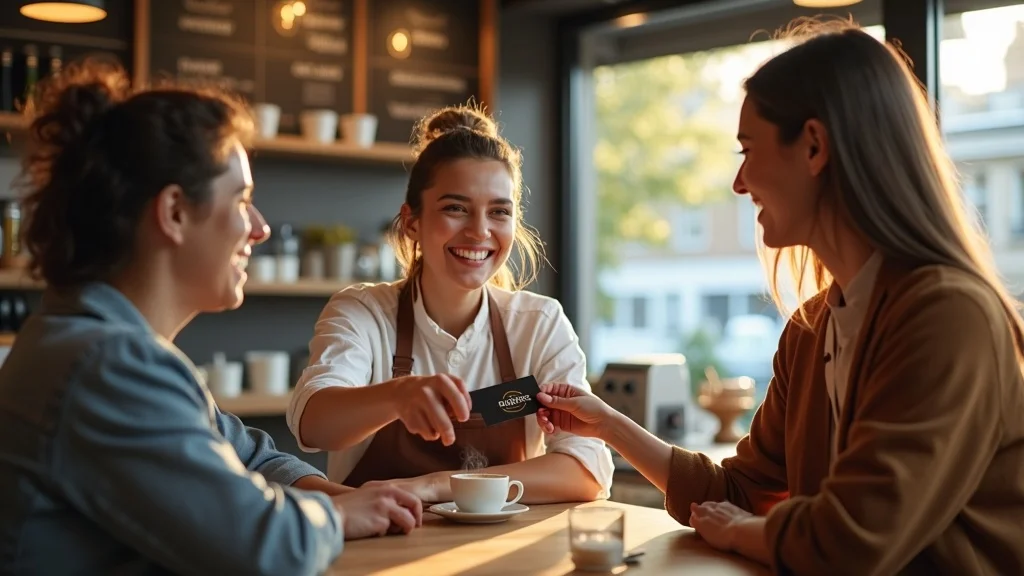
Importantly, robust programs recognize and reward behaviors beyond spend—including online ordering activity, sharing on social media, or referring friends. Advanced platforms automatically adjust offers to match customer lifecycle stages, keeping things fresh and motivating. Ultimately, the mechanics behind any successful loyalty initiative should reinforce positive behaviors while building a sense of progress, status, and community among participants.
The Psychology Behind Rewards Programs and Repeat Visits
Why do rewards programs work so well in the restaurant industry? Behavioral science offers compelling answers. Earning points or reaching new tiers taps into fundamental human desires for achievement, recognition, and tangible progress. Each reward—be it a complimentary item, exclusive access, or surprise bonus—triggers a dopamine response that reinforces the behavior of coming back. Over time, this creates a feedback loop: diners become conditioned to associate positive emotions with participating brands, making them more likely to return and spend more. This is especially true when programs use personalized offers based on prior purchase behavior, creating a “just-for-me” feeling that generic discounts can’t match.
Effective loyalty programs also leverage scarcity and urgency. Limited-time point bonuses, birthday rewards, and “unlockable” experiences drive spikes in activity and prevent stagnation. By giving customers something to strive for—membership milestones, seasonal promotions, or unique digital badges—restaurants keep loyalty fresh, exciting, and top-of-mind.
Customer Retention Tactics: Points, Tiers, and Personalization
- Points-based loyalty program structures
- Tiered rewards and VIP segments
- Personalized offers and tailored communication
Points-based systems reward every dollar spent, encouraging frequent visits and bigger check sizes. Layering in tiers—such as “Gold” or “VIP” status—not only recognizes your most loyal customers, but also incentivizes aspiring diners to visit more often to unlock elite perks. Personalized offers take this even further, using purchase history or preferences to send targeted incentives right when they matter most (think: favorite menu items discounted on a customer’s birthday). Tactics like these combine to form a cohesive customer retention strategy that outperforms generic discounting. The result? Increased average visit frequency, higher overall spend, and a loyal customer base that chooses your restaurant over the competition—again and again.
Restaurant Loyalty Programs by the Numbers: ROI and Growth

| Program Feature | Average Visit Increase | Annual Revenue Uplift |
|---|---|---|
| Points-based | 32% | $27,000 |
| Tiered / VIP | 25% | $19,000 |
| Combo Programs | 40% | $39,000 |
Statistics: Loyalty Program ROI Across the Restaurant Industry
The numbers tell a compelling story—restaurant loyalty programs deliver significant ROI when they balance technology, personalized engagement, and clear value for the customer. According to industry-wide studies, brands with robust programs report up to 40% increases in average visit frequency among members, plus double-digit gains in annual revenue per store. Some fast-casual giants attribute over a third of their total sales to loyalty program members, with each member spending up to 18% more per transaction compared to non-members. These gains aren’t limited to major chains; independents who invest in easy-to-use mobile rewards platforms also see notable bumps in customer retention and lifetime value. The data is particularly strong for combo structures—mixing points, VIP tiers, and exclusive events for maximum appeal and measurable bottom-line growth.
Ultimately, successful programs rely on continuous analytics. Operators who regularly track opt-in rates, points redemption, and repeat visit patterns can adapt their strategies in real time, ensuring that their rewards always align with customer preferences and keep evolving to match industry trends.
Short Case Study: Chipotle Rewards Success Story

Take Chipotle Rewards as a case in point. Since launching in 2019, the program has quickly scaled past 30 million members, who together drive a large share of Chipotle’s digital and in-store sales. For every dollar spent, members earn points redeemable for favorites like a Chipotle bowl, chips and guac, or a free drink. Exclusive offers and in-app gamification elements—such as “Extra Point Days” and digital badges—help nudge guests toward more frequent visits. As a result, loyalty program members are twice as likely to become repeat customers and have a higher lifetime value than non-members. Industry peers consistently point to Chipotle’s data-driven approach as a “best in class” model for growing sales through meaningful rewards, continually refined by customer feedback.
This approach to customer loyalty not only lifts revenue but also deepens engagement, with program members helping build the community vibe that Chipotle is known for. Regular innovations to the program—like new reward categories or limited-time menu item bonuses—ensure that engagement remains high and the relationship with guests continues to strengthen.
How Costa Coffee Uses the Costa Club Loyalty Program
Another standout story comes from Costa Coffee and its Costa Club. The brand transitioned from paper-based stamp cards to a fully digital app experience—enabling customization, app-only exclusive offers, and seamless integration with mobile payment. Members automatically earn points (called “Beans”) with every purchase; collect enough, and you unlock a free drink or exclusive seasonal bonus. The Costa Club program also leverages location data and purchase patterns to send hyper-targeted offers—for example, a reminder to pick up your usual morning coffee when you’re nearby. The results? A dramatic increase in member engagement, higher average transaction values, and heightened brand loyalty. A recent brand survey showed that nine out of ten guests prefer digital loyalty solutions over physical punch cards, citing ease of use and personalized rewards as top motivators for staying loyal to the brand.
Costa’s success illustrates how commitment to omnichannel, data-driven loyalty can transform not just repeat business, but also the overall customer experience—helping the brand stay ahead in a crowded coffeehouse market.
Key Components of Effective Restaurant Loyalty Programs
Technology: Apps, Tablets, and Digital Rewards Programs

Technology is the backbone of the modern restaurant loyalty program. Mobile apps allow customers to sign up, earn points, and redeem rewards with just a few taps, while digital kiosks and tablets in-store offer additional channels for engagement. The most successful restaurant loyalty platforms leverage real-time integrations with POS and ordering systems, delivering personalized offers based on actual purchase data. Features like push notifications, instant feedback on points balance, and an intuitive user interface help drive adoption—especially among younger diners accustomed to seamless digital experiences. Additionally, the shift toward contactless and app-based dining since 2020 has only accelerated this trend. For restaurant owners, the key is to select a technology provider that balances robust features with ease of implementation, ongoing support, and adaptability as customer expectations continue to evolve.
Digital rewards platforms also enable features like surprise bonuses, referral tracking, and cross-promotional partnerships (think: a cafe teaming up with a neighboring bakery for shared perks). Integration with online ordering is crucial, ensuring loyalty remains front-and-center for both dine-in and takeout experiences.
Omnichannel Loyalty: Bridging In-Store and Digital Experience
True customer retention is achieved when restaurant loyalty programs work seamlessly across every guest touchpoint—online, in-app, and on-premise. Omnichannel loyalty ensures that a customer earns and redeems rewards no matter how they interact with your brand. For instance, a guest earning points from an in-store visit should be able to use those points when placing an online order or through delivery partners. This level of integration makes the loyalty program feel like an extension of the restaurant’s overall hospitality, not just a marketing add-on. Leading brands—such as Starbucks, Costa Coffee, and Chipotle—have invested in feature-rich mobile apps and robust backend systems to track and combine in-store purchases, mobile transactions, and email or SMS engagement under a single customer profile.
The takeaway for operators is clear: ensure that your loyalty program delivers a unified experience, regardless of how or where your customers choose to engage. This not only drives increased visits and ticket sizes, but also builds the kind of cross-channel relationships that insulate your restaurant from competitive offers and market disruptions.
Integration With Customer Engagement Platforms
- Mobile app loyalty programs
- Email and SMS engagement
- In-store kiosks
- Third-party integration for rewards
Modern rewards programs don’t function in isolation—they are deeply embedded within a broader suite of customer engagement platforms. Integrating your loyalty program with CRM tools, email automation, and SMS solutions enables highly-targeted communication and real-time interaction. Restaurants can automatically trigger birthday offers, reactivate dormant members, or promote new menu items to specific audience segments based on behavior and preferences. In-store kiosks and third-party integrations, such as with delivery apps or popular payment systems, give guests even more options for earning and redeeming rewards. The result: greater engagement, more personalized marketing, and a seamless guest journey that supports both new customer acquisition and the long-term retention of loyal customers.
It is this omni-connected approach—tying together every possible touchpoint—that distinguishes best-in-class restaurant loyalty programs from generic point schemes, delivering a consistent and rewarding experience whether the guest is at the register, on their phone, or scrolling through their inbox.
Designing Restaurant Loyalty Programs for Maximum Customer Engagement
Personalization and Dynamic Targeting

Personalization is the gold standard for modern loyalty strategy. Today’s restaurant loyalty programs don’t just offer blanket deals; they use purchase data, visit patterns, and even geolocation to tailor offers that feel truly individualized. Imagine receiving a push notification for a discounted latte just as you’re walking past your favorite café, or a prompt to try a new menu item based on your recent orders. These experiences demonstrate to customers that the brand “knows me”—building trust and keeping the program top-of-mind. Dynamic targeting further enhances this effect, allowing restaurants to segment their base and send custom promotions tied to preferences, birthdays, or visit milestones.
The impact? Consumers are more responsive to personalized incentives, with redemption rates soaring for individualized offers compared to generic deals. As algorithms and AI-powered insights become more accessible, expect restaurant loyalty programs to deliver even more relevant rewards—raising the bar for engagement and customer satisfaction.
Gamification: Making Rewards Programs Fun
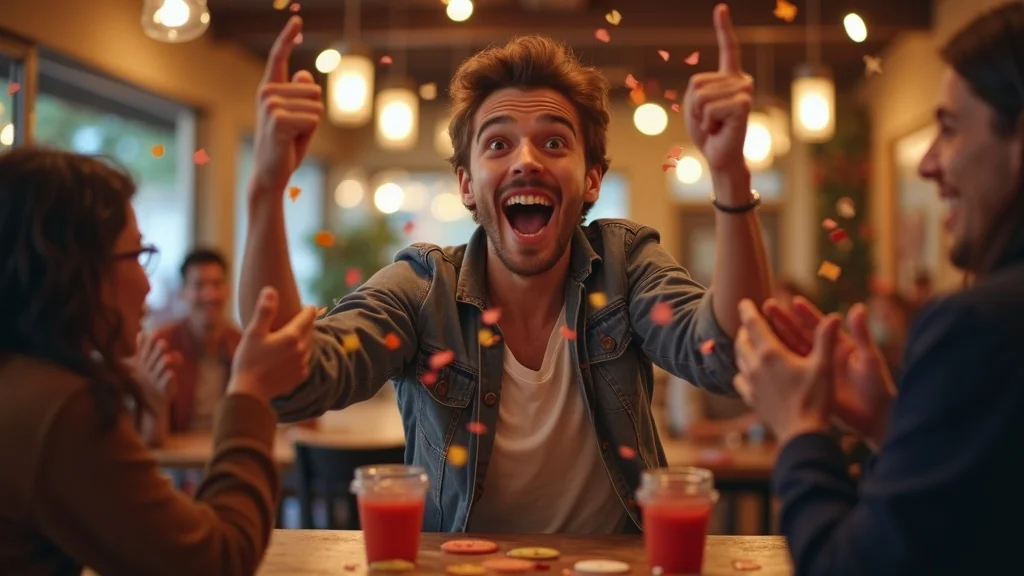
Gamification adds an extra layer of excitement to restaurant loyalty programs—transforming the act of dining or ordering into an interactive, rewarding game. Popular techniques include badges for streaks (multiple visits in a week), leaderboard rankings for “top fans,” or surprise instant-win challenges that unlock bonus points or free food. For example, MVP Rewards at select burger chains or Chipotle’s digital rewards campaigns both use playful elements to boost engagement, encouraging guests to try new menu items or refer friends in exchange for milestone prizes. Gamification doesn’t just boost participation—it deepens brand affinity. Customers who feel like they’re “winning” are far more likely to stay loyal and advocate for the brand on social media and beyond. The key is to keep the mechanisms simple, transparent, and genuinely rewarding—otherwise, excitement can turn to confusion and disengagement.
Ultimately, incorporating play and progression into your loyalty program helps transform repeat visits from a habit into a delight—fueling a virtuous cycle of engagement and customer retention.
Partnering With Brands for Cross-Promotions
Strategic partnerships amplify the reach and impact of your loyalty initiative. Many top-tier restaurant loyalty programs collaborate with other brands—think beverage companies, local bakeries, or even entertainment venues—to create cross-promotional offers. For example, a coffee shop might team up with a movie theater for bundled ticket-and-latte deals, or a pizza chain could partner with a delivery platform for double points on first orders. These win-win arrangements drive incremental traffic, open doors to new audiences, and make your loyalty program feel rich with variety and value. The bonus? Customers perceive these joint offers as added perks, fostering goodwill and higher perceived worth without additional complexity for the guest. As competition grows fiercer, look for more restaurants to leverage brand partnerships as a core pillar in their customer engagement and retention strategy.
The key to success is alignment—choose partners that complement your menu and brand philosophy, ensuring the combined offers feel natural and genuinely beneficial to your shared customer base.
Watch our short explainer animation for an inside look at powerful restaurant loyalty program models: points accrual, tiered benefits, and seamless mobile app engagement.
People Also Ask About Restaurant Loyalty Programs
What restaurants have the best loyalty program?
Answer: Top brands cited include Chipotle, Starbucks, and Chick-fil-A, each leveraging unique restaurant loyalty programs to build customer loyalty and increase visit frequency through innovative rewards programs.
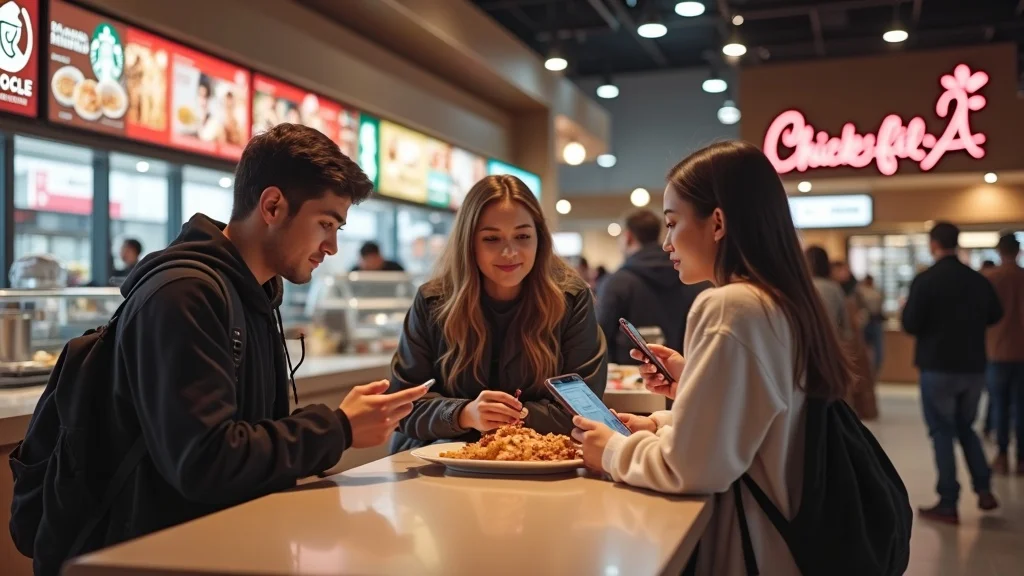
Do loyalty programs work for restaurants?
Answer: Yes, numerous studies confirm loyalty programs significantly boost restaurant retention rates, average check size, and customer engagement, making them a best practice in the industry.
What are some good customer loyalty programs?
Answer: Examples include the Chipotle Rewards program, Costa Club, and Chic-fil-A One, all recognized for their effective use of tiered rewards and user-friendly mobile platforms.
What are the 3 R’s of customer loyalty?
Answer: The 3 R’s—Retention, Repeat, and Referral—summarize the key outcomes most restaurants pursue with their loyalty programs to maximize customer value over time.
Building Your Own Restaurant Loyalty Program: Best Practices
- Define customer goals and key retention metrics
- Choose the right technology platform for rewards management
- Design clear, achievable reward tiers
- Test and refine based on customer feedback
- Integrate referral rewards for viral growth
Pitfalls to Avoid When Launching a Restaurant Loyalty Program
“A complicated or confusing loyalty program can actually decrease customer engagement—keep it simple, and keep it valuable.” — Susan Smith, Quick-Service Consultant
Many restaurants fall into the trap of launching overly complex or hard-to-understand rewards programs. Avoid convoluted point structures, inflexible redemption rules, or requiring numerous steps just to sign up. Simplicity is critical: guests should never wonder how to earn points, what the next reward is, or how to cash in. Successful programs put clarity and transparency first—offering a smooth onboarding process, immediate feedback, and instantly gratifying redemption experiences. Likewise, keep feedback channels open. Continuously survey program members for suggestions and pain points; rapid iteration is your best safeguard against disengagement. Finally, don’t neglect the “surprise and delight” factor: occasional unannounced bonuses go a long way in keeping loyal customers engaged and motivated to spread the word about your program.
Staying attentive to these common pitfalls will ensure that your loyalty program drives customer retention rather than frustration—maximizing both guest satisfaction and measurable ROI.
Lists: Top 10 Features Customers Want in Restaurant Loyalty Programs

- Mobile redemption
- Exclusive offers
- Fast rewards
- Birthday perks
- Points for every purchase
- Tiered status levels
- Easy sign-up
- Instant feedback
- Surprise bonuses
- Referral bonuses
FAQs About Restaurant Loyalty Programs
How can restaurant loyalty programs increase profit margins?
Restaurant loyalty programs can lift profit margins by incentivizing frequent visits, increasing average spend per transaction, and building guest loyalty that shields against price-driven churn. Data collected through these programs also enables smarter menu engineering and operational efficiency—driving higher ROI without eroding value with blanket discounting.
What factors determine a successful loyalty program in the restaurant industry?
Success comes down to a frictionless guest experience, clear and compelling rewards, accessible technology, and ongoing adaptation based on member feedback. The best loyalty programs are simple to use, integrate across all sales channels, and deliver regular moments of delight that keep customers engaged over time.
How can restaurants measure the effectiveness of their loyalty programs?
Key metrics include program enrollment rate, repeat visit frequency, points redemption rates, lift in average check size, and membership-driven revenue growth. Savvy operators also monitor customer lifetime value, churn rates, and cross-channel engagement levels to assess program ROI and tune strategies for maximum impact.
Are digital or physical loyalty cards more effective for customer engagement?
Digital loyalty apps generally outperform physical cards, offering instant enrollment, dynamic personalization, and easy access for customers. However, certain demographics may still prefer physical options, so offering both in tandem can maximize inclusivity, boosting customer retention across your full guest base.
Key Takeaways: Why Restaurant Loyalty Programs Matter More Than Ever
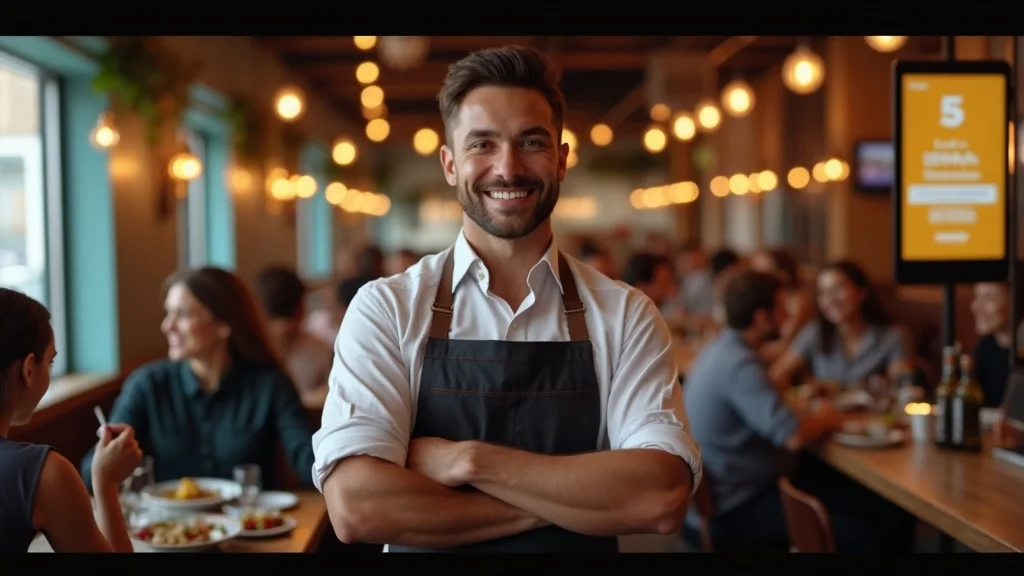
- Modern restaurant loyalty programs drive measurable customer retention
- Effective rewards programs balance technology, personalization, and ease of use
- Brands like Chipotle and Costa Coffee prove ROI through data and customer engagement
Referral Marketing: Accelerate Your Restaurant Loyalty Program’s Impact
Ready to maximize your restaurant loyalty program’s results? Leverage expert strategies from Referral Marketing Experts atDigital Red Zone.
Conclusion
For every restaurant, an effective loyalty program isn’t just extra—it’s essential for driving repeat visits, deepening customer engagement, and future-proofing your business for sustained growth.
If you’re ready to take your restaurant’s digital marketing to the next level, there’s a wealth of advanced strategies beyond loyalty programs that can help you stand out in a crowded market. From optimizing your online presence to leveraging data-driven campaigns, exploring the full spectrum of digital marketing solutions can unlock new growth opportunities. Discover how a comprehensive approach can elevate your brand and drive measurable results by visiting Digital Red Zone’s digital marketing resource hub for expert insights and actionable guidance tailored to the restaurant industry.
Sources
- Restaurant Business Online – https://www.restaurantbusinessonline.com/technology/restaurant-loyalty-programs-see-spike-participation
- QSR Magazine – https://www.qsrmagazine.com/technology/how-restaurants-are-transforming-loyalty-programs
- Hospitality Tech – https://hospitalitytech.com/restaurant-loyalty-programs-surpass-150-million-members
- Chipotle Rewards – https://chipotle.com/rewards
- Costa Club – https://www.costa.co.uk/costa-club
Restaurant loyalty programs are instrumental in fostering customer retention and driving repeat visits. For instance, Chipotle’s “Chiptopia” initiative, launched to regain customer trust, offered free items like burritos and chips, effectively increasing customer engagement. (time.com) Similarly, Dunkin’ introduced “Dunkin’ Rewards,” allowing members to earn points at double the previous rate, enhancing customer loyalty. (axios.com) These examples underscore the effectiveness of well-structured loyalty programs in the restaurant industry.
